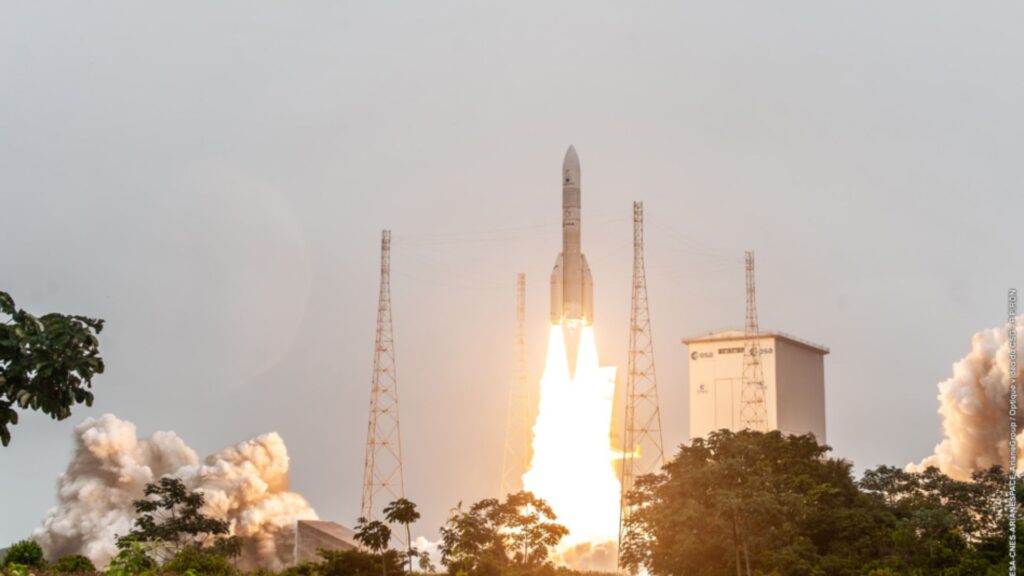The European Space Agency (ESA) is nearing a key milestone in its push to strengthen Europe’s independent access to space, with finalists for the European Launcher Challenge expected to be revealed by July 7. The initiative is aimed at supporting the development of new launch vehicles by European private companies, offering up to €169 million ($199 million) in funding per company.
ESA Director General Josef Aschbacher, speaking at the Paris Air Show on June 17, confirmed that the agency had received 12 proposals for the program. These proposals are currently undergoing technical evaluations, with only a select few expected to be brought forward for funding consideration at ESA’s ministerial conference in late November.
“It will be that not all 12 of these proposals will go to the ministerial,” Aschbacher said during a panel discussion. “I cannot predict how many will be left after this evaluation period.”
Unlike ESA’s traditional georeturn funding mechanism, where member states fund programs and receive contracts in proportion to their investment, the European Launcher Challenge follows a new approach. ESA will select promising projects first, after which member states will decide whether to support them at the ministerial level.
“Quite a few member states are preparing their decisions in case their candidates are selected,” Aschbacher noted. ESA’s Director of Space Transportation, Toni Tolker-Nielsen, added that the names of the selected companies could be announced as early as July 7.
While ESA has not officially disclosed the identities of the participating companies, several are believed to be among the contenders based on recent public activity.
One such company, MaiaSpace, hosted French government officials at its facility near Paris on June 13 and announced plans to build a 10,000-square-meter factory. The company is developing a reusable launch vehicle and sees continued demand for dedicated small satellite launches despite competition from rideshare options. MaiaSpace CEO Yohann Leroy likened their vehicle to a “taxi” service in a market dominated by “bus” options like rideshares.
“The market for microlaunchers exists,” Leroy said. “There are a lot of people who are interested in a taxi, provided the taxi can be the price of the bus.”
Other companies are using the program as a stepping stone toward larger launch vehicles. Orbex, a UK-based firm currently developing its small launcher, Prime, has already announced plans for a medium-sized launcher called Proxima. Orbex Chairman Miguel Bello Mora highlighted the cost advantages of larger rockets but stressed there is space in the market for multiple players.
However, not all voices in the industry are fully supportive of the competition’s structure. Stanislas Maximin, executive chairman of French startup Latitude, described the challenge as “a pretty weird program,” expressing concern that it might favor companies either already well-funded or those struggling to attract private investment.
Despite these concerns, Latitude submitted a proposal and sees strategic benefits in participating. The company aims to enhance the capabilities of its Zephyr rocket, increasing its payload from 200 to 300 kilograms. Maximin also emphasized the value of using the initiative to strengthen pan-European partnerships.
“What it helps us to do is be more European,” he said. “We’re building relationships with European partners.”
With the selection announcement imminent, the European Launcher Challenge marks a significant shift in ESA’s support for the commercial launch sector. It signals both a diversification of funding strategy and a new era of competition-driven development in Europe’s space landscape.

